Hello Everyone!
In anticipation of our learning conferences together next week, I thought I would do a quick review of the many things we have done this last term!
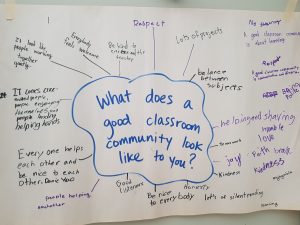
Division 5 spent the first part of the school year building the foundation for a great working community! Throughout our many fun activities together we discussed and applied elements of the personal awareness core competency, and we made individual goals to improve our approach to learning.
To tie the many big ideas from our curriculum together into a larger conceptual understanding, we studied most of the subject areas through the lens of the universal theme and concept of STRUCTURE. To guide us, we used the unit focus statement of: The structure of something is designed to serve the needs of the user. Many of our conversations revolved around the phrase “form follows function.”
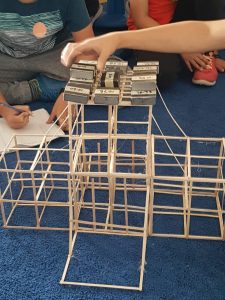 Building and Experimenting!
Building and Experimenting!
Using critical and creative thinking, as well as communication skills, we collaboratively designed and built towers and honeycomb structures to learn how certain shapes provide the greatest strength. We also discussed how everyday objects are constructed to serve a purpose, and we learned how the structure of our skeleton and other features are related to the human body’s function.
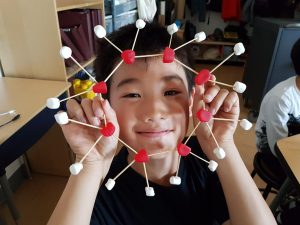
Through lab experiments, students learned about physical and chemical properties, atoms, forces, energy transfer, homogenous and heterogenous mixtures, and states of matter to better understand the structure of our world and how designers use this information to make new things!
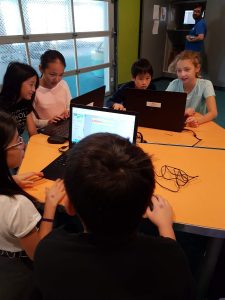
We went outside of the classroom to Science World to further explore structure! We viewed Dream Big, a movie talking about how people have applied their scientific knowledge in creative ways to make structures such as buildings, underwater robots, and bridges that have improved our world and made individual lives better.
We played with OZOBOTS and explored the STRUCTURE of coding, using applied design skills to program little robots to do an entertaining dance! We now have a set of these in the classroom to play with and expand our knowledge further during Coding Week in Canada starting December 3rd!
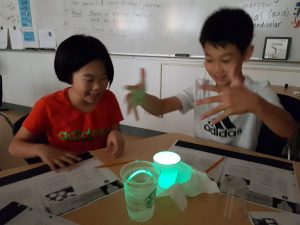
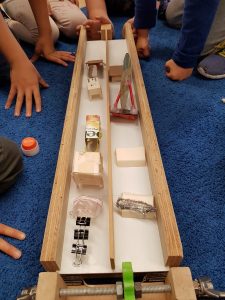
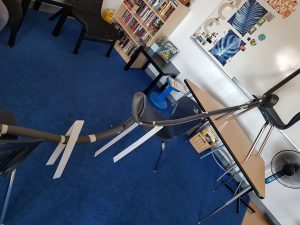
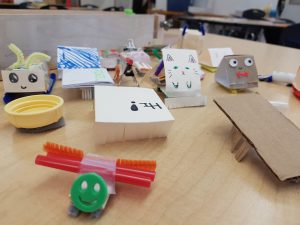
We had to use a lot of thinking, communication, collaboration, and creativity this term! We designed rumblebots to take advantage of energy transfer. We explored energy transfer using glo sticks and slinkies, and we created marble roller coasters to discuss potential and kinetic energy. While we were creating, we were sharing ideas with others and discussing how scientific knowledge is applied to design.
We also talked about the STRUCTURE of our number system!
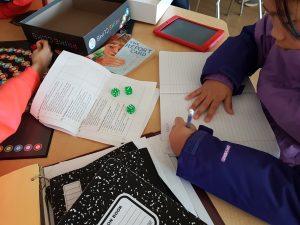 We began by emphasizing the skills needed to be a successful mathematician, such as risk-taking, deep thinking, open-mindedness, questioning, and creative and critical thinking. We talked about how mathematicians work with proving and disproving conjectures, and we practiced being skeptics and convincers to question and to prove math understandings.
We began by emphasizing the skills needed to be a successful mathematician, such as risk-taking, deep thinking, open-mindedness, questioning, and creative and critical thinking. We talked about how mathematicians work with proving and disproving conjectures, and we practiced being skeptics and convincers to question and to prove math understandings.
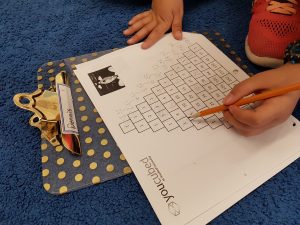
We also discussed the research of Prof. Jo Boaler at Stanford University, who talked about brain structure and the value of brain crossing, which involves doing two activities at the same time to better cement a concept in your head, such as drawing and math.
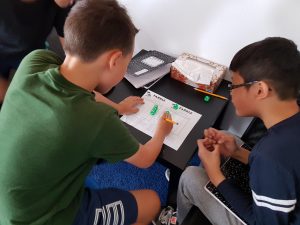 To explore the structure of numbers, we completed a variety of independent math tasks to understand how we break down our number system, to discuss strategic thinking through games, to explore new ways to apply brain crossing while practicing grade-level curriculum in multiplication, area/perimeter, patterning, and more. Many of these tasks involved reading non-fiction resources to gain information, as well as answering critical thinking questions about the games.
To explore the structure of numbers, we completed a variety of independent math tasks to understand how we break down our number system, to discuss strategic thinking through games, to explore new ways to apply brain crossing while practicing grade-level curriculum in multiplication, area/perimeter, patterning, and more. Many of these tasks involved reading non-fiction resources to gain information, as well as answering critical thinking questions about the games.
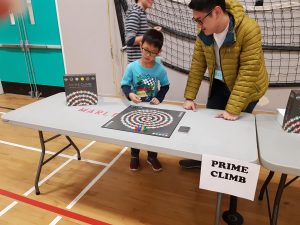
We looked carefully at a new game called Prime Climb by the mathematician/teacher Dan Finkel, discussing how to win through strategic use of the four operations and knowledge of prime and composite numbers. Some of us even volunteered to teach the Suncrest community the games we had learned during our Family Math Games Night!
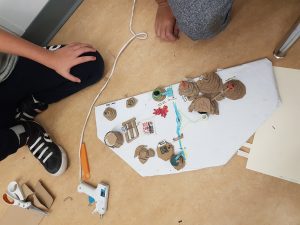
What kinds of structure are needed to support human life on Earth? We discussed the structure that allows our world to function, such as resource-delivery systems, government, city services, languages for communication, the nature of the land, the Goldilocks Principle so our Earth is located in just the right place in the universe, and more. To explore this idea further, everyone invented a new planet that could support human life! Please see all of the e-portfolios for more pictures and information about our worlds!
As we communicated our ideas, we talked about the structure of language. We evaluated the elements of a good paragraph, we used homophones to play with language and make puns and jokes, and we discussed tools that help us with quality writing structure such as transition words. We documented our learning daily in our journals, shared ideas with partners, and wrote speeches to demonstrate our understandings of mathematical concepts. And in French, we used Duolingo to begin learning the structure of a foreign language, exploring beginning vocabulary and phrases.
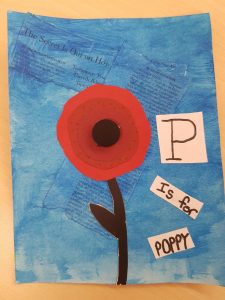
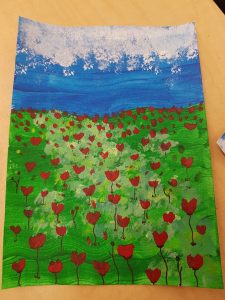
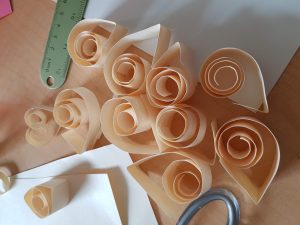
We explored the elements and principles that structure art! We experimented with new materials, line, colour, and form through a paper quilling project. We created amazing mixed-media art about poppies for the Remembrance Day Assembly, using a variety of materials and techniques, as well as line, colour, texture, shape, and perspective.
We performed during the Remembrance Day Assembly either in the choir or as part of the Division 5 singing group! In music class with Ms. Fletcher, students have been exploring elements of beat, rhythm, tempo, pitch, and form through playing xylophones, hand chimes, singing, and reading music notation. Skills were demonstrated in Funga Alafia, Siyahamba, marimba music songs, body percussion patterns, etudes and winter songs, and a Diwali stick dance. Please see Ms. Fletcher’s blog for more information about music class!
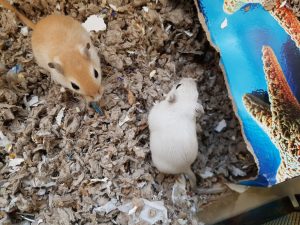
In physical education and health we focused on the structure of a healthy life and community! We worked together to create a list of values we share, and we participated in many community-building activities such as playing games, participating in Math Games Night with our parents and the Suncrest community, enjoying free-choice learning periods on Fridays, naming and taking care of our class gerbils, planning our own Halloween party, and contributing to our student-run class meetings. While playing active, cooperative games and running relay races to increase our fitness levels, we discussed the structure of a healthy lifestyle! Fitness, sleep, and having down time are all things that contribute to mental well being and healthy relationships, too!
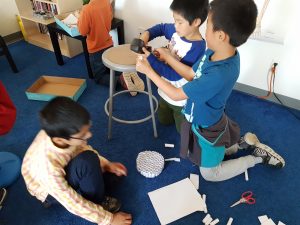 We made some amazing final projects! To put our learning together, we made our own strategic math games to share with others, based on our research of so many different math games!
We made some amazing final projects! To put our learning together, we made our own strategic math games to share with others, based on our research of so many different math games!
We explained our new planet using the Book Creator app and 3D models.
Finally, we demonstrated an understanding of how form follows function by researching an animal of our choice and explaining how its form (skeleton, features, adaptations) serves its function of living in a specific habitat or defending itself from predators. As we did our research, we were able to use a variety of comprehension and thinking strategies before, during, and after reading to construct meaning presented in text. We then created slideshows to share our information. Some of us used PowerPoint or Google Slides for the first time, while others of us improved our public speaking and aesthetic design skills since last year!
Overall, what an amazing term! Through our unit on STRUCTURE, we covered curricular content and competencies across the subject areas, incorporating several of the BIG IDEAS from our curriculum in grade four and five.
Thank you for your support of our projects and explorations. We will report on two units next term, and we are already doing cool things to learn about the new concepts of PERSPECTIVE and PROBLEM-SOLVING!



















